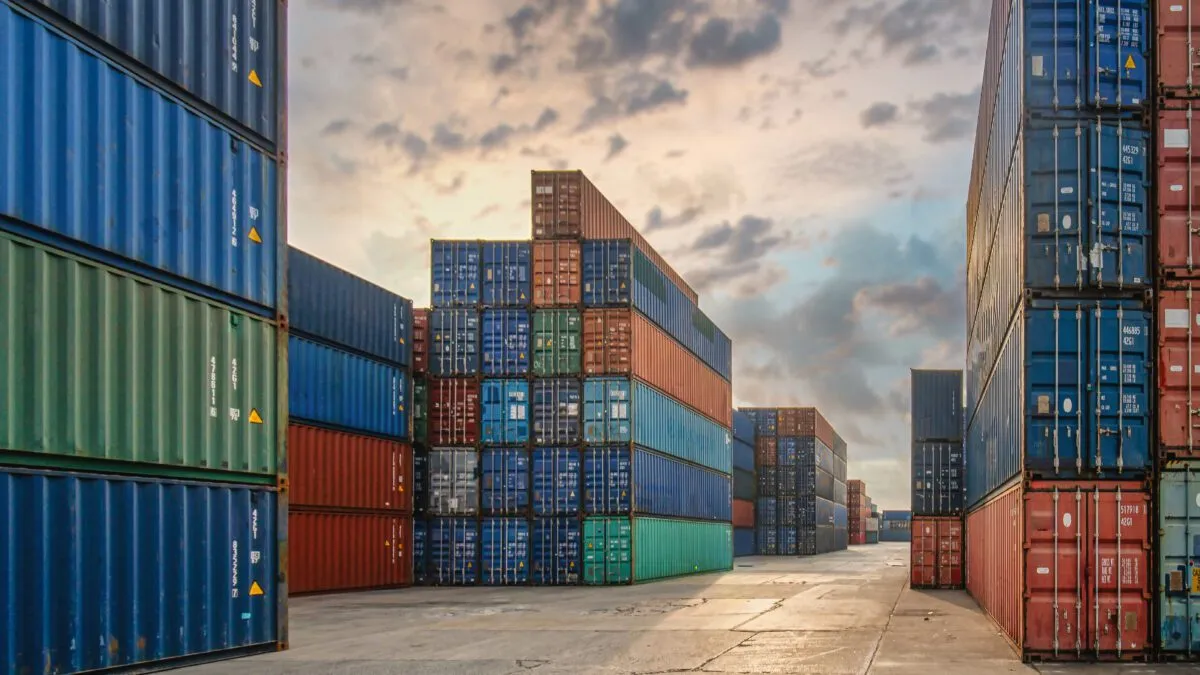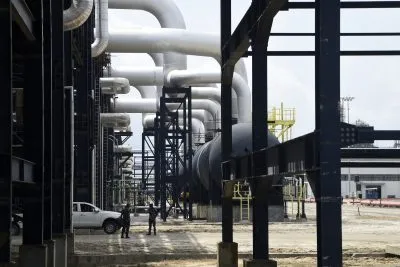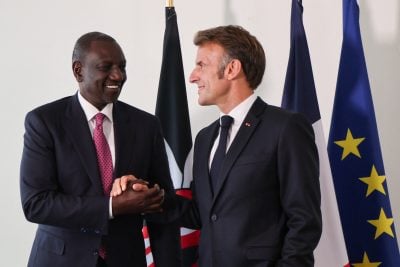Africa accounts for less than 2% of total US merchandise exports and imports. The overall value of US exports to the continent fell from $32.9bn in 2011 to $26.7bn in 2021, while imports declined from $93bn in 2011 to $37.6bn in 2021, according to the United States Census Bureau.
South Africa has become the largest US trading partner on the continent. Its exports to the US rose to $15.7bn in 2021, the highest for at least 10 years. Separate figures from the UN COMTRADE database show that exports of stones, glass, metals and pearls together amounted to $7.3bn.
Trade in gold and diamonds, in particular, fluctuates markedly from year to year. South African imports from the US are more stable in value terms and more diverse. The same source shows imports of machinery, reactors and boilers at $1bn in 2021, printed books, newspapers and pictures at $700m and mineral fuels and oils at $600m.
US crude imports have declined in total by 26% over the past decade as output from the domestic shale industry has accelerated. More dramatically, imports from OPEC members last year were less than one quarter of the level in 2011 because successive administrations have pursued a policy of enhancing energy security.
Iran, Iraq, Libya and Venezuela have been particularly unreliable sources of OPEC crude. Further, Russia’s share will now be redistributed. In contrast, neighbouring Canada now provides more than 50% of total crude imports.
Decline in US imports within AGOA
The African Growth and Opportunity Act (AGOA) of 2000 gives duty-free access to the US for about 6,500 qualifying tariff lines to selected countries in sub-Saharan Africa (SSA).
Selection requires adherence to criteria for human rights, the rule of law and the like. The act adds to the incentives already in place under the US Generalised System of Preferences (GSP), and currently runs through to 2025. US imports within AGOA have decreased over the past decade, although once we exclude oil and gas, they have been broadly stable.
Aid remains stable
When we turn to the data for foreign assistance, we find what appears to be a reasonable separation of trade and aid. The detailed data are based on obligations and loan authorisations, and not disbursements. While US exports to Africa have fallen over the past decade and imports have plummeted due to changes in the pattern of US oil trade, aid has been stable at +/- $13bn annually.
Assistance to sub-Saharan Africa stands at about 27% of the total. The military component is currently 5%, compared with 30% globally. Global health programmes accounted for 43% of the spend in SSA in 2020, disaster and famine support 20%, and development assistance just 9%.
This last category includes the US International Development Finance Corporation (DFC), which has absorbed the Overseas Private Investment Corporation (OPIC). The DFC has invested more than $9bn in the sub-region.
It is not the only vehicle for US foreign assistance: the second place belongs to the Millennium Challenge Corporation, an independent agency formed in 2004 with a preference for five-year ‘compacts’ with countries that meet third party criteria for democratic governance, investment in people and economic freedom. The corporation’s obligations and authorisations to date amount to $7.6bn.
Want to continue reading? Subscribe today.
You've read all your free articles for this month! Subscribe now to enjoy full access to our content.
Digital Monthly
£8.00 / month
Receive full unlimited access to our articles, opinions, podcasts and more.
Digital Yearly
£70.00 / year
Our best value offer - save £26 and gain access to all of our digital content for an entire year!
 Sign in with Google
Sign in with Google 



